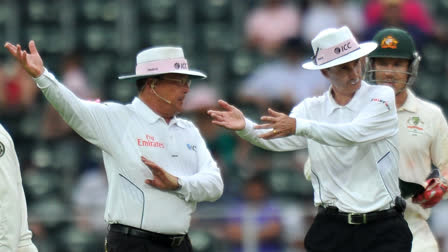On November 11, 2011, cricket fans at Cape Town’s Newlands Stadium witnessed one of the sport’s most rarest, unique and superstitions play out in real-time on the Day 3 of the first Test between South Africa and Australia. The match had already seen extreme twists— Australia were bundled out for 284, South Africa collapsed for 96, and then Australia slumped to 47 all out, leaving the hosts 236 runs to win. By mid-morning, South Africa was 125/1, needing 111 more runs to reach their target.
But it wasn’t just the scoreline that caught attention. It was 11:11 am on the date 11.11.11 (11 November 2011), creating an unusual alignment of numbers that connected to cricket’s quirky "Nelson" superstition. The number 111, named "Nelson" after British Admiral Horatio Nelson, is thought to represent an ill omen because it looks like three stumps without bails—signifying vulnerability.
Not only this, the spectators also stood on one leg at 11:11 am to acknowledge the occasion, with on-field umpire Ian Gould joining in, adding to the spectacle. Though Nelson didn’t lose his eye or leg as the myth claims, the lore persists as a superstition, and 11.11.11 provided a rare chance to celebrate it.
